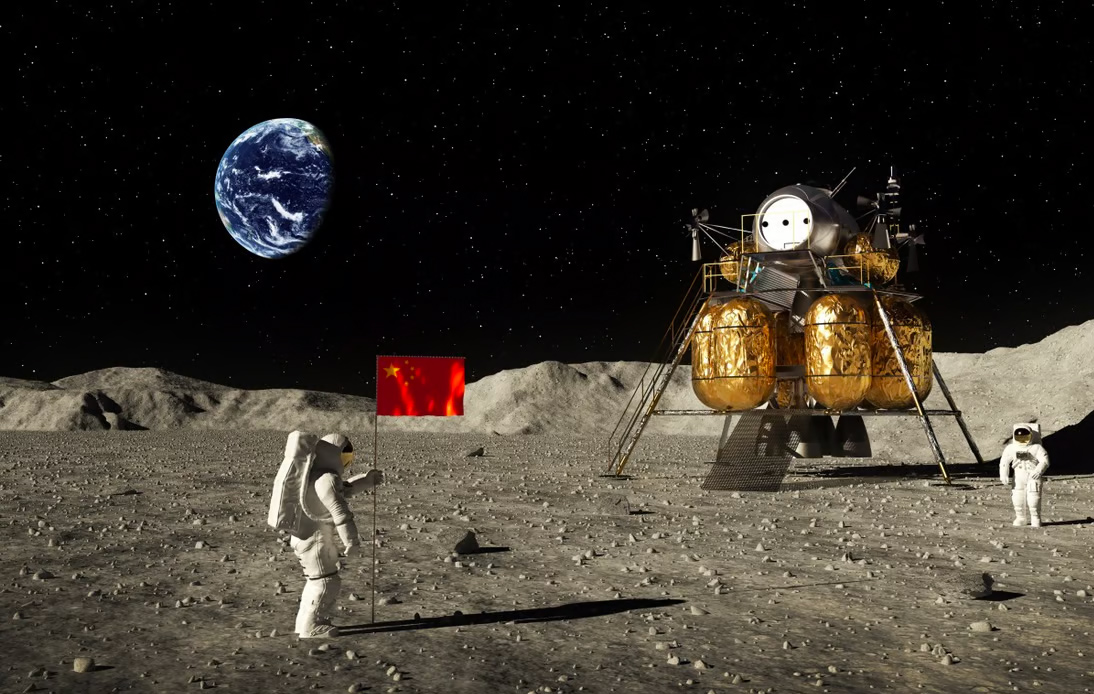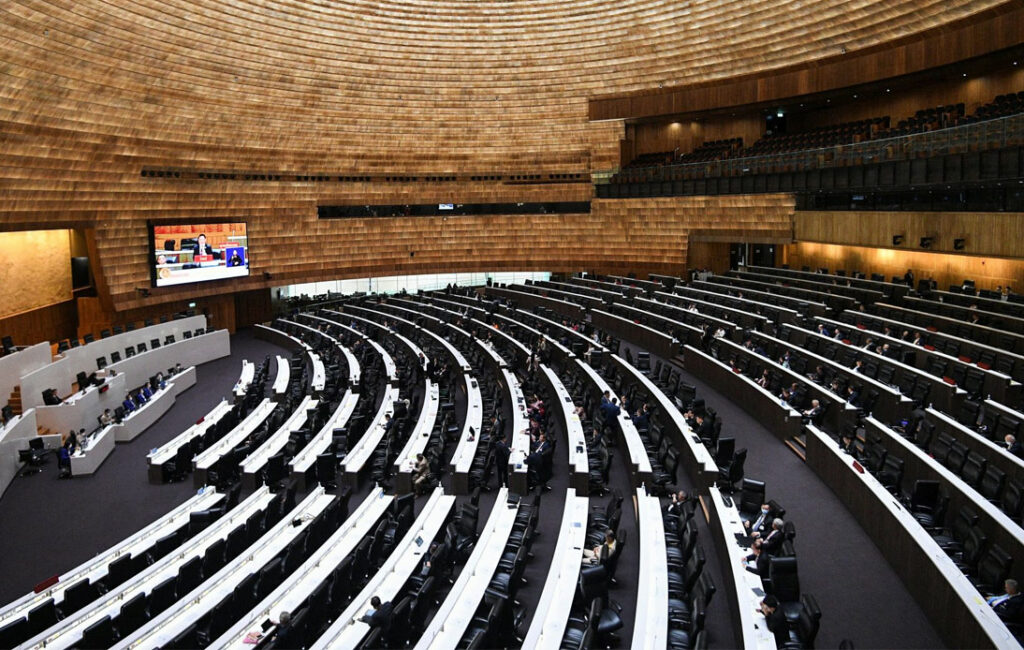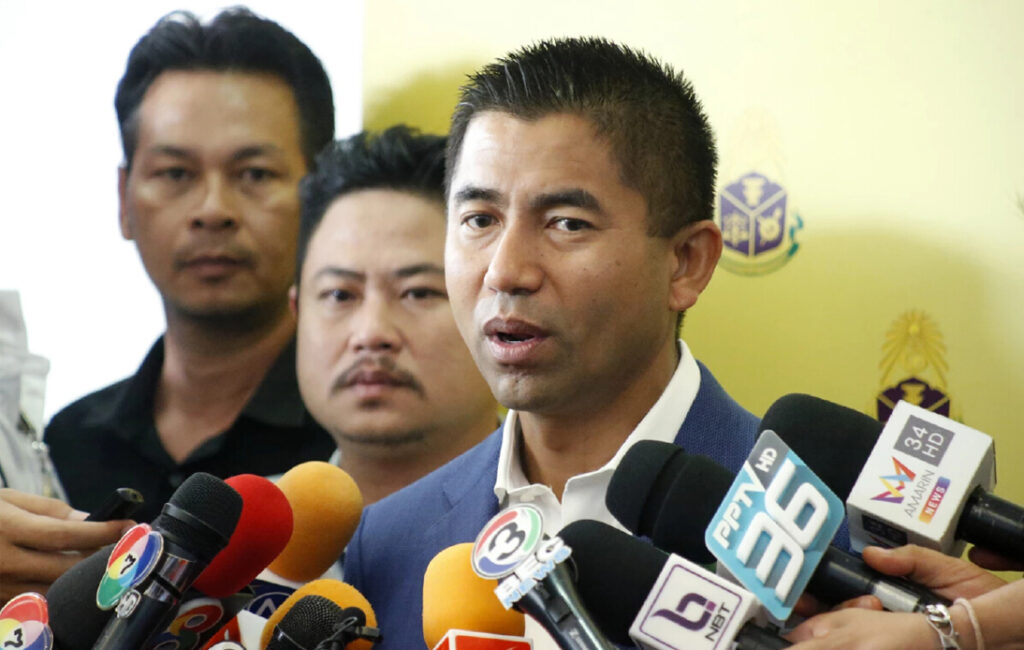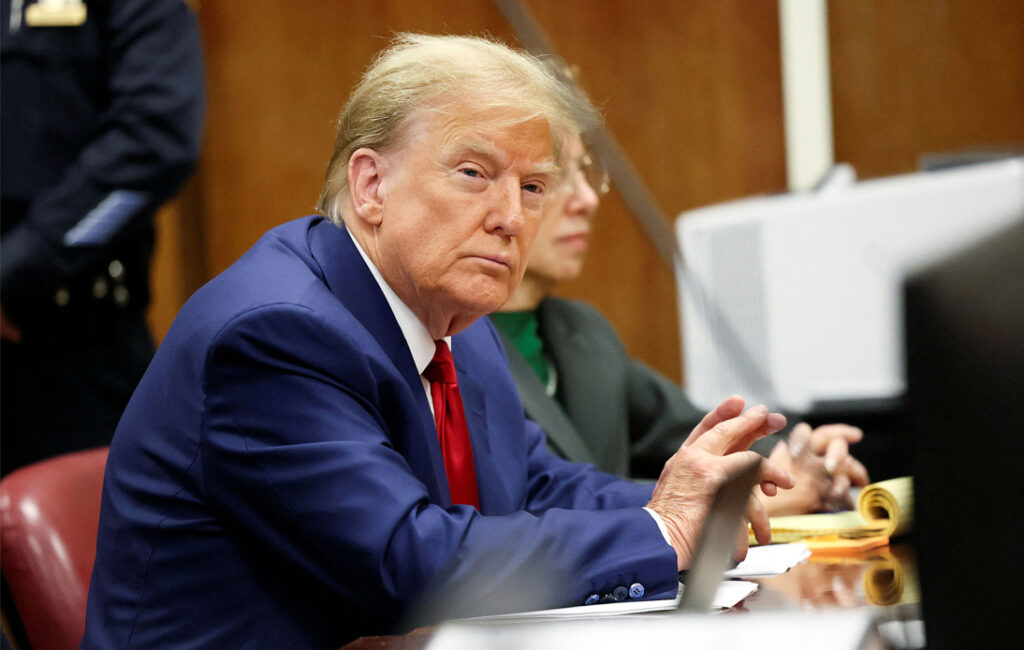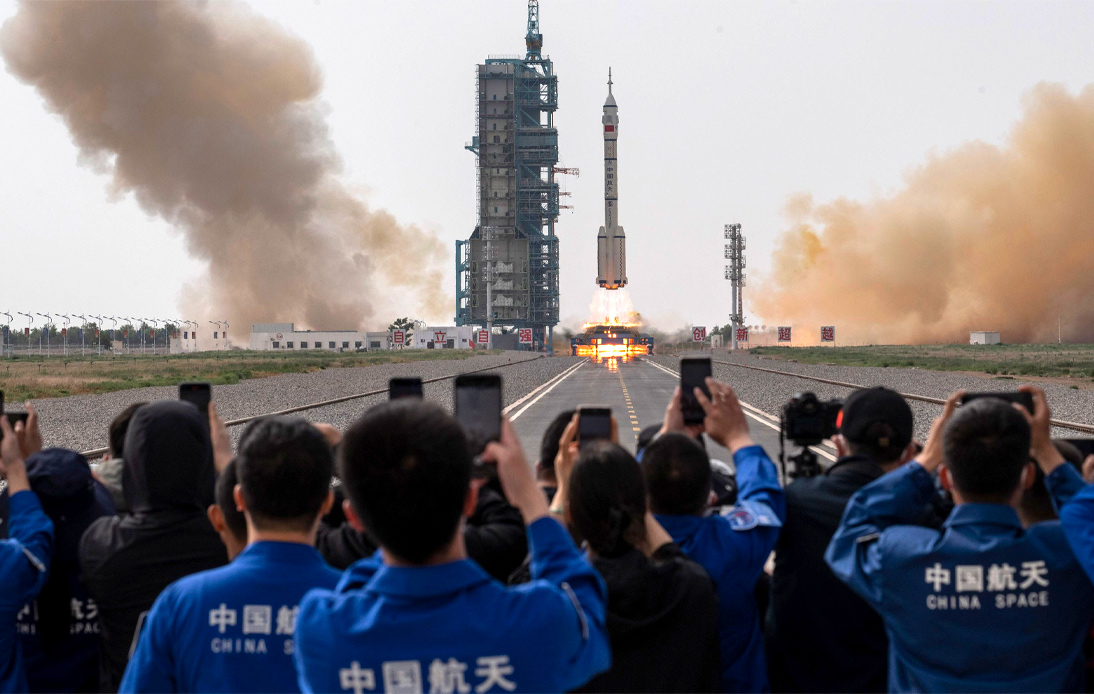
On Wednesday, Chinese officials disclosed fresh insights into their strategies for a crewed moon expedition, in China’s bid to be only the second nation to land its citizens on the moon’s surface.
Zhang Hailian, the assistant chief engineer at the China Manned Space Agency (CMSA), shared the initial plan during an aerospace summit in Wuhan city on Wednesday, as reported by the state-operated news outlet Xinhua.
The expedition, slated to occur before 2030, is a component of a broader initiative to construct a lunar research station.
This mission aims to discern optimal methods for erecting the station, in addition to executing lunar exploration assignments and various experiments, according to Zhang.
A pair of launch vehicles are scheduled to transport a lunar surface lander and a manned spacecraft to the moon’s orbit, where they will link up, as reported by the state-operated Global Times.
Following their junction, the Chinese astronauts inhabiting the spacecraft will transition into the lander, utilized for descending onto the lunar surface.
While stationed on the moon, these astronauts are tasked with gathering samples and performing “scientific exploration”.
After that, they will depart via the lander to reunite with the orbiting spacecraft – their vehicle for the return journey to Earth, as revealed by the Global Times.
In anticipation of the upcoming mission, Chinese scientists are diligently working on fabricating all the essential gear, encompassing lunar suits, crewed lunar rovers, crewed spaceships, and moon landers, as mentioned in Xinhua’s report.
No information regarding the number of astronauts China intends to deploy to the moon was shared in the state media reports.
The moon expedition represents a recent progression in China’s persistent pursuit to enhance its space program, which has encountered numerous monumental achievements in the past few years.
China’s entry into the space race was tardy – their first satellite was not launched into orbit until 1970, by which point an American astronaut had already set foot on the moon – however, Beijing’s pace in bridging the gap has been remarkably swift.
In 2013, China marked a milestone by successfully landing a rover on the moon, making it only the third nation to accomplish this feat.
During that period, the Chinese leader Xi Jinping declared, “the space dream is part of the dream to make China stronger.”
Under Xi’s guidance, China has invested heavily in its ambitious space program. Though no official figures regarding Beijing’s space exploration expenditure are publicly available, consulting agency Euroconsult projected it to be around $5.8 billion in 2019.
In that same year, China made history by dispatching a rover to the moon’s far side. Then, in 2020, it joined the elite group of countries, only the third to do so, that have successfully procured lunar rock samples.
In recent years, China has dedicated resources to constructing its own space station, the Tiangong, which reached completion in November.
This station is the second operational orbital station, along with the International Space Station (ISS) – from which Chinese astronauts have been persistently barred due to US political discord and legislative constraints.
However, with the ISS projected to cease operations in 2030, Tiangong could become the sole remaining outpost.
In response, China has shown interest in fostering collaborations with global partners on its station, which includes hosting experiments from foreign nations.




